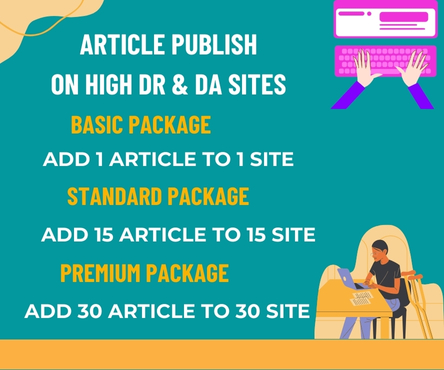Diastasis recti is a condition that is gaining increasing attention in Singapore, especially among new mothers and fitness-conscious individuals. While it might sound complex, diastasis recti simply refers to the separation of the rectus abdominis muscles — the “six-pack” muscles — along the midline of the abdomen. Though commonly associated with postpartum women, this condition can affect men and women alike. Understanding why diastasis recti singapore is important in the Singaporean context is crucial for promoting long-term health, body confidence, and effective treatment options.
In Singapore, a growing awareness of health and wellness has led many to become more mindful of their physical conditions. Diastasis recti is particularly relevant in this setting due to Singapore’s high standard of medical care, busy urban lifestyles, and an emphasis on aesthetic fitness. Despite this, many individuals remain unaware of the signs, risks, and long-term impact of this condition, often dismissing it as mere bloating or weight gain.
For many mothers in Singapore, especially after pregnancy, diastasis recti can have both physical and emotional impacts. During pregnancy, the abdominal muscles stretch to accommodate the growing baby, and in some cases, they do not fully return to their original position after delivery. This muscle separation can lead to a visible pooch or bulge in the abdomen that doesn’t go away with regular exercise. More importantly, it can contribute to lower back pain, poor posture, pelvic floor dysfunction, and even hernias.
Singapore’s culture places a strong emphasis on returning to work quickly after childbirth. However, many women do not receive adequate postpartum care, which means conditions like diastasis recti go unnoticed or untreated. This highlights the need for better education, accessible screening, and rehabilitation options that cater to local lifestyles.
Men in Singapore, particularly those who engage in heavy lifting or intense core workouts without proper form, are also at risk of developing diastasis recti. In these cases, the issue is often misdiagnosed as a hernia or ignored altogether. Personal trainers, physiotherapists, and fitness professionals in Singapore are now more frequently trained to identify this condition, offering tailored programs that focus on core rehabilitation instead of traditional ab workouts that might worsen the issue.
Fortunately, Singapore is home to numerous physiotherapy clinics, women’s health specialists, and fitness centers offering targeted diastasis recti rehabilitation programs. From core-strengthening exercises to manual therapy and Pilates-based training, individuals can access effective treatments that are both safe and sustainable.
Raising awareness about diastasis recti in Singapore is not just about aesthetics—it’s about health, confidence, and functional strength. Whether you’re a new mother, an athlete, or someone simply trying to improve your core stability, understanding this condition and seeking appropriate care can significantly improve your quality of life.
In conclusion, diastasis recti is a condition that deserves more recognition in Singapore’s health and wellness landscape. Early detection, professional guidance, and informed care can make a world of difference. It’s time for Singaporeans to break the silence around this common yet often misunderstood issue and move toward holistic healing and strength.

